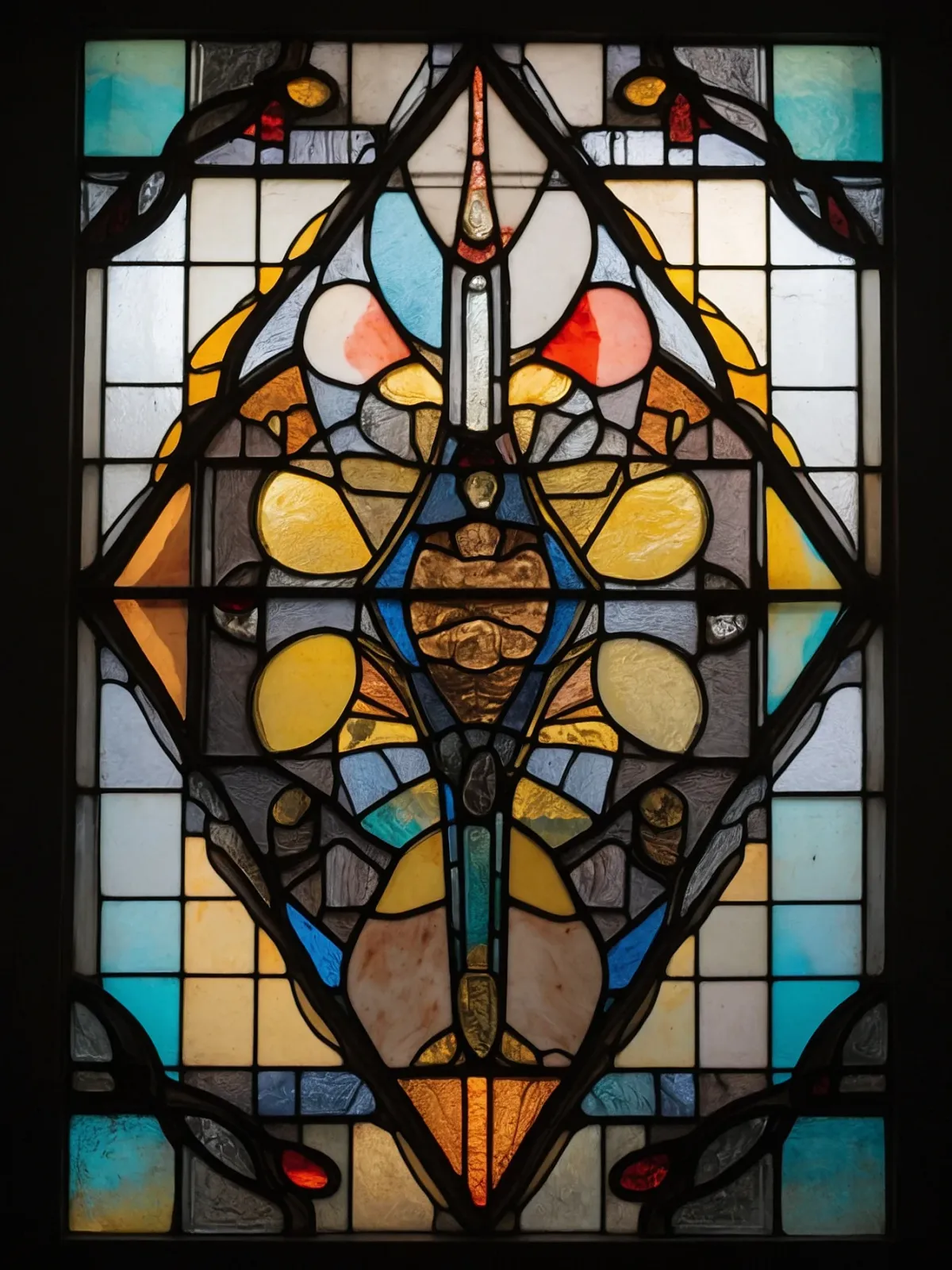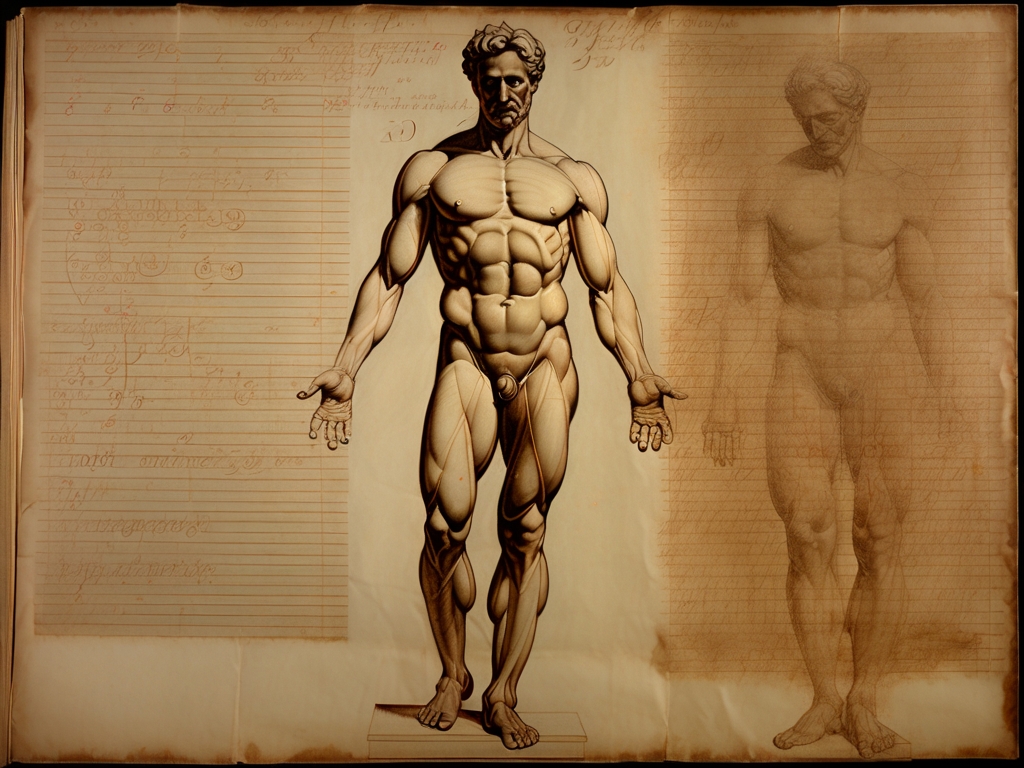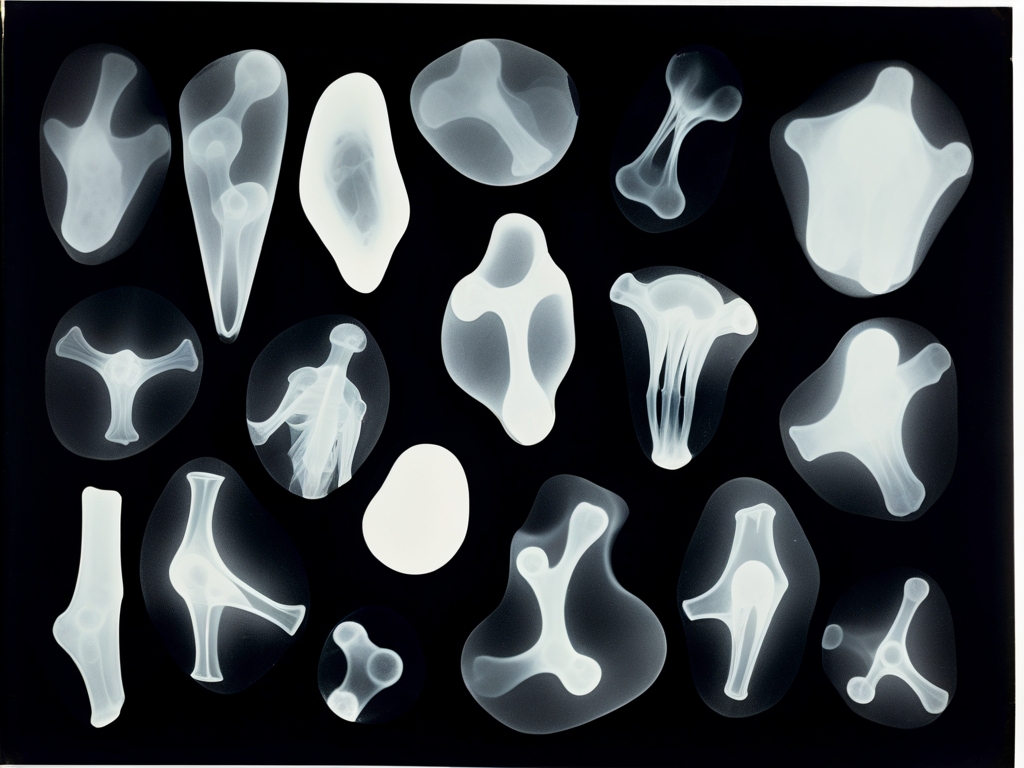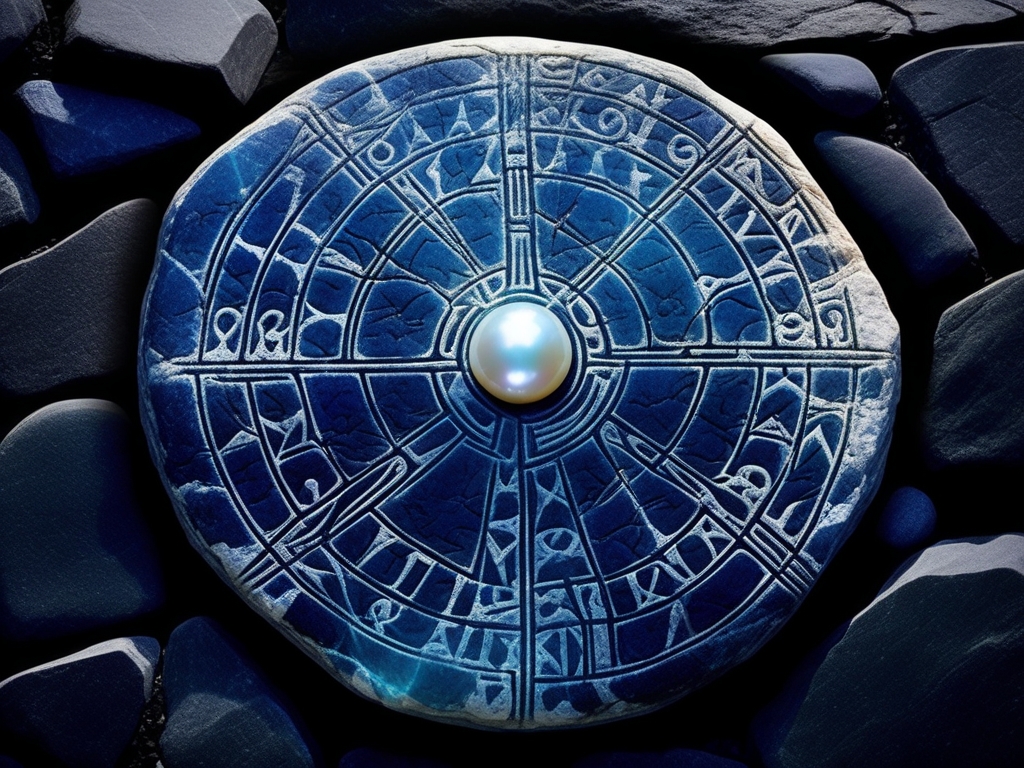Beyond Light and Shadow

Nestled at the heart of the Ravensfield Collection, “Cosmos Encapsulated” mesmerizes visitors with its kaleidoscopic brilliance. Created in 1907 by the artist Lilith Ravenshaw, this stained glass window defies simplistic interpretation. Analysts have explored its intricate symmetry and varied hues, considering it a tapestry woven from shards of celestial light.
Ravenshaw, renowned for merging natural beauty with cosmic mystique, achieved a masterpiece that transcends time and matter. Her works often portrayed nature’s ethereal dance; however, “Cosmos Encapsulated” stands as an unparalleled testament to her genius. The composition suggests unseen connections between earthly existence and cosmic forces, making it a focal point of both artistic admiration and speculative wonder.
In January of 1912, an intern named Jonathan Irving joined our museum team to assist in cataloging our growing collection. A buoyant historian fresh out of university, his enthusiasm was palpable as he often spent hours studying our exhibits after closing. Understandably drawn to “Cosmos Encapsulated,” Irving believed there was more to the piece than met the eye.
One frigid night during routine lock-up rounds, whispers spread among staff about Jonathan’s peculiar behavior surrounding Ravenshaw’s creation. He documented radiance emanations others described as inexplicable, particularly just before dawn when moonlight mingled with artificial lamps outside—transforming mundane isolation into something almost spectral.
During his final week of eerie observations, bizarre entries detailed recurring dreams that haunted young Irving relentlessly. Each evening, he had visions of a lost civilization discovered beneath desert sands, echoing architectural motifs seen within the evocative glass patterns. This nervous restlessness transformed his determined investigative commitment overnight, leaving everyone perplexed and worried simultaneously.
Astonished by recent findings, pieced together through elaborate diary pages filled with vibrant illustrations, the museum staff held a tense discussion following an incisive quote from Drusilla Wolfhart (Professor Emeritus):
“Whatever connects this enigma seems driven not merely by curiosity nor admiration, but by something ineffably linked beyond mortal grasp—ancient ties binding realms unheard of and known alike throughout the continuum.”
Tragedy struck precisely five years later when Irving inexplicably fell unconscious, exhibiting unaccountable respiratory distress and a feverish episode attributed to supernatural influence. Although such allegations were quickly dismissed, the legend evolved into folklore, enhancing visitor engagement and ensuring the piece’s popularity soared. Seasoned curators began transmitting cautionary tales, diligently adhering to established protocols while passionately defending Ravenshaw’s legacy.
Thus, the captivating chronicle surrounding “Cosmos Encapsulated” compels further contemplation, transcending the palpable and indescribable. It evokes soul-stirring appreciation and invites visitors to bask in its mesmerising grandeur, invoking reverential immersion. This remarkable piece continues to illustrate the inexorable passage of time and the cyclical journey of humanity, celebrating the interconnectedness of art, mystery, and the divine.




